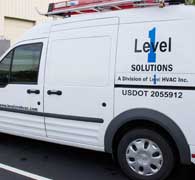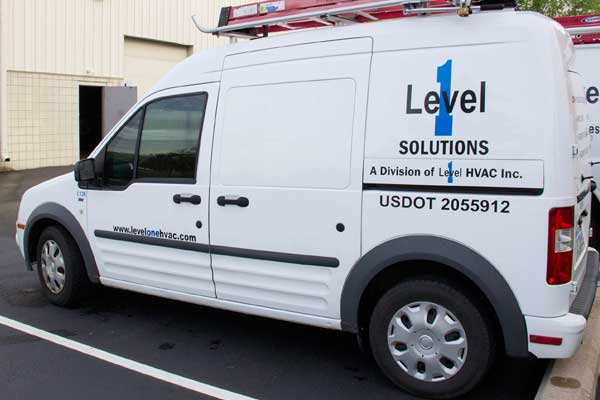Low Voltage Wiring and Your Michigan Business


Low voltage wiring is essential for any commercial or industrial (and in fact, residential) structure or building. It allows for the installation of a wide range of equipment and systems in a way that greatly reduces the risk of electrical shock, all while using less electricity – even when more components are being used.
Low voltage wiring includes common things such as phone lines, audio, and CATV. It cannot be taken for granted. However, in today’s internet age, a vast majority of IT and other equipment also make use of low voltage wiring. In this light, low voltage wiring should be an integral part of any building design and construction. This requires professional installation according to government and industry standards and codes. It must be planned and executed properly to make the most of modern technology. This is especially important in commercial and industrial settings that rely heavily on such equipment since this can make a huge difference in the energy and overall efficiency of your operations.
Background
Have you ever wondered what the distinctive “CE” marking on chargers and other common devices means? This is a standard marking used in all electrical equipment that conforms to the European Communities (Low Voltage Electrical Equipment) Regulations of 1992, as amended in 1994. These regulations set the standard for the safety of all electronic equipment, and are cited as the first to require electronic devices to use low voltage wiring and a high level of protection to reduce the risk of electrical shock. These have been regularly updated to become the norm worldwide to ensure that all consumer electronics conform to these standards before they can be placed on the market.
For the low voltage wiring used in structures in the US, sections in the National Electrical Code (NEC) provide guidelines on the classification, installation, and use of low voltage wiring and devices. While the NEC does not specifically define “low voltage,” certain chapters and articles of the code are used as the standards for low voltage wiring (more on this below).
The Many Uses of Low Voltage Wiring
As mentioned, low voltage wiring covers such commonplace devices as telephones and cable TV. Aside from these, it is used for many other systems essential for homes and businesses.
The coaxial cables used for CATV is also used to transmit data for cable internet connections. DSL cables, called RJ-45, are also a part of modern low voltage wiring setups. Aside from cable TV, video from CCTV cameras are also run into the low voltage wiring of a building.
Sensors of a security system are also wired using low voltage, as are any audio devices such as intercoms and speakers built into the structure. Outdoor lighting and electronic door locks are other examples of devices that are wired into the low voltage systems of a building.
Given the variety of devices that are wired into a low voltage wiring system, it is again important to properly plan the layout, including the “drops” or jacks installed to ensure that devices in each room or area can be easily plugged in to the necessary system.
Standards
The 2014 National Electrical Code (NEC) has different standards for low voltage wiring, depending on the type of system and the classification of each.
Low voltage lighting systems must operate at no more than 30 volts and 25 amperes, and be wired according to system instructions.
Sound systems of 25 volts and not over 100 watts must be wired with Class 2 wiring methods, while those of 70.7 volts and not over 100 watts must be wired with Class 3 wiring methods. Other sound systems generally must be wired using Class 1 wiring methods.
Telephone cables are required to have a voltage rating of not less than 300 volts, marked as CM or MP. Broadband systems using coaxial cables must use Type BL, BM, CM, or MP coaxial cables.
These are samples of the different wiring standards that merely scratch the surface of low voltage wiring. As you can see, the actual wiring of a certain building will depend on the specific requirements for each room and area concerned. This will also depend on the many different devices that may be used. On top of this, low voltage wiring still cannot eliminate the risk of electric shock. As such, it is important to have licensed wiring professionals to handle commercial and industrial low voltage wiring.
Let Learn About Our Low Voltage / Business Automation Services
Contact us today at 248-486-6500 or find us on-line: Facebook Fan Page / Twitter Feed / Google+ Account
- 100% Satisfaction Guarantee
- 25+ Years in Business
- Licensed, Insured, and Certified
- 24/7, 365 Service
